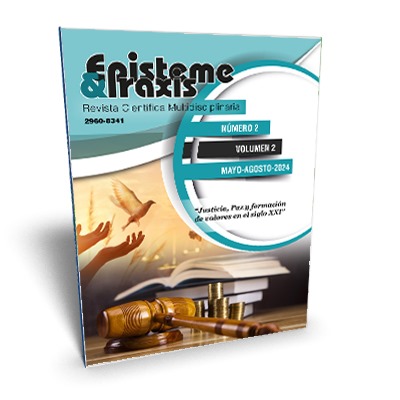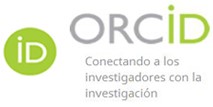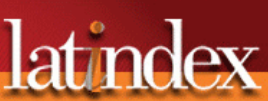Educational and curricular model in the intercultural universities of Mexico: the case of the Degree in Language and Culture
DOI:
https://doi.org/10.62451/rep.v2i2.52Keywords:
Intercultural university, curricular relevance, educational modelAbstract
The intercultural university model in Mexico was born as a political response that guaranteed access to higher education for young people who live in predominantly indigenous areas, under the tutelage of a curricular, linguistic and culturally relevant model, removed from Western and hegemonic conceptions. of the urban university. The premise of relevance within intercultural universities is currently widely debated. In this sense, this document aims to analyze how the intercultural educational model and the curricular proposal contribute (or not) to the construction of indigenous student identities and development. of intercultural competencies of students who do not classify themselves as indigenous but who attend these higher education schools, for which the degree in language and culture is taken as a reference.
References
Apple, M. (2016). Ideología y currículo. ARTMED EDITORA.
Besalú, X. (2002). Diversidad cultural y educación. Síntesis.
Casillas , M., & Santini, L. (2006). Universidad Intercultural. Modelo educativo. SEP-CGEIB.
Coll, C. (1991). Psicología y currículum. Paidos .
Dietz, G. (2014). Universidades Interculturales en México. CPU-e. Revista de Investigación Educativa 19, 319-326. DOI: https://doi.org/10.25009/cpue.v0i19.974
Johonson, M. (1997). Definiciones y modelosen teoría del currículo. Morata.
Mateos, L. S., & Dietz , G. (2015). ¿Qué de intercultural tiene la "universidad intercultural"? Del debate político-pedagógico a un estudio de caso veracruzano. Relaciones. Estudios de historia y sociedad, 36(141), 13-45. DOI: https://doi.org/10.24901/rehs.v36i141.89
Organización de las Naciones Unidas para la Educación, la Ciencia y la Cultura. (2017). Competencias interculturales. Marco conceptual y operativo. Cátedra UNESCO-Diálogo Intercutural. https://unesdoc.unesco.org/ark:/48223/pf0000251592
Organización de las Naciones Unidas para la Educación, la Ciencia y la Cultura. (2003). Educación y diversidad cultural. UNESCO. https://unesdoc.unesco.org/ark:/48223/pf0000161306
Tünnermann , C. (2008). Modelos educativos y académicos. Hispamer.
Tyler, R. (1973). Principios básicos del currículo. Troquel.
Universidad de Guadalajara. (2022). Observatorio Latinoamericano de Gestión cultural. Observatorio Latinoamericano de Gestión cultural. https://observatoriocultural.udgvirtual.udg.mx/contenido/licenciatura-en-lengua-y-cultura-2
Universidad Intercultural del Estado de México. (2022). Universidad intercultural del Estado de México. http://uiem.edomex.gob.mx/modelo-intercultural
Universidad Intercultural del Estado de México (2022). Universidad Intercultural del Estado de México. http://uiem.edomex.gob.mx/licenciatura-lengua-cultura
Villodre, B., & Del Mar, M. (2012). Pluriculturalidad, multiculturalidad e interculturalidad, conocimientos necesarios para la labor docente. HEKADEMOS, 11, 67-76.
Walsh, C. (2005). La interculturalidad en educación. Perú: Ministerio de educación. Dirección Nacional de Educación Bilingüe Intercultural.
Published
How to Cite
Issue
Section
License
Copyright (c) 2024 Alejandra Islas-Enciso, Lydia Raesfeld

This work is licensed under a Creative Commons Attribution-NonCommercial 4.0 International License.
The authors retain the copyright, granting the Journal the right to first publication of the work. The authors assign the journal the rights to exploit the work, authorizing its distribution and public communication for non-commercial purposes. The authors retain the moral rights to the published work. The economic rights belong to the Journal.






